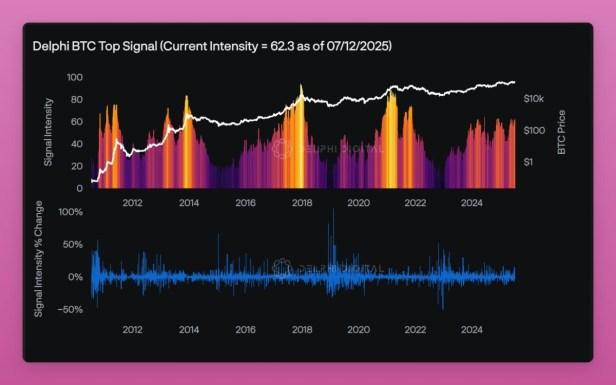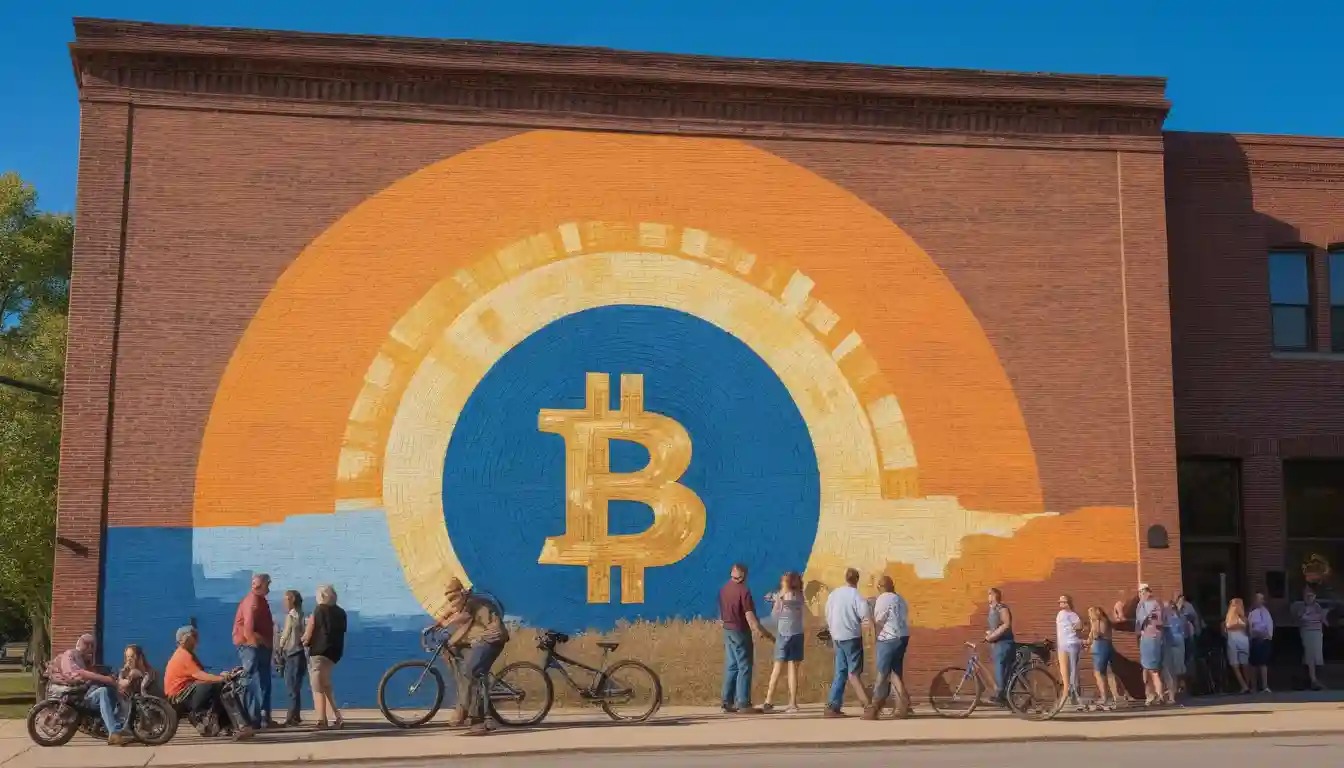Rolex, the "Sentiment Barometer" of the Crypto Market.
Written by: Pix
Translated by: Luffy, Foresight News
In each crypto cycle, there is a moment when wealth becomes visibly tangible. Not just on the chain or in portfolio screenshots, but in the real world.
A person who was unknown a year ago walks into a dealer's store, buys a watch with cash, and then posts a photo of it on their wrist. This moment, seemingly insignificant, marks an important shift in market psychology.

Why Watches?
The logic is simple. Rolex is a Veblen good (note: a product where demand increases as the price increases).
The higher the price, the more people want to buy. They do not demonstrate value through functionality, but through price. Because people are not buying utility, but status.
When a new wealthy class becomes suddenly rich, the first thing they want to do is let others know they have money.
They won't buy farmland or government bonds. They'll buy things that symbolize identity. Watches, cars, and sometimes JPEG format Non-Fungible Tokens.
But the actual situation is not as simple as it first appears...
Lagging Response
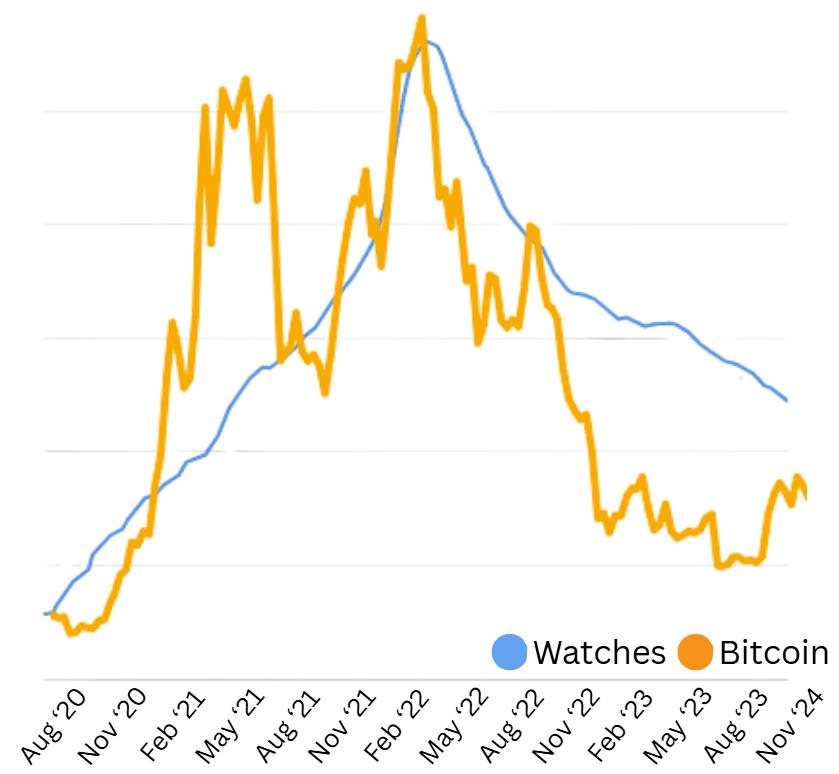
Watch Index vs Bitcoin Price Comparison 2020 - 2024
In 2021, most people believed the luxury watch market would rise with cryptocurrencies.
But if you look closely at the timeline, the watch market did not boom when Bitcoin first hit a historical high. Instead, it was during the second new high, when tokenized JPEGs (NFTs) were once priced as high as houses.
The surge in Rolex prices was not the beginning of the bull market, but its peak.
The value of this phenomenon is that the luxury goods market has a lag. The lag is not long, but just enough to reveal the pattern. This can be seen in the data.
The watch index lags behind the rise of cryptocurrencies, with its peak appearing slightly later, and then crashing almost in sync.
In the year after the crypto crash, Rolex prices dropped nearly 30%. Not because demand disappeared, but because the identity-driven demand dried up.
This makes watches a unique signal. They do not predict fundamentals, but reflect market sentiment.
And more clearly than most of our existing indicators...
A Different Type of Indicator
In traditional finance, there's the volatility index. In cryptocurrencies, there's the funding rate. But both are indirect measures of market behavior.
Luxury goods are different. They not only tell you what investors are doing but also how investors feel.
How rich they feel and how much they want the world to notice them.
It's not perfect. But when you see watches changing hands at twice the retail price, or someone posting their custom Non-Fungible Token Rolex, it usually means the market is near its top.
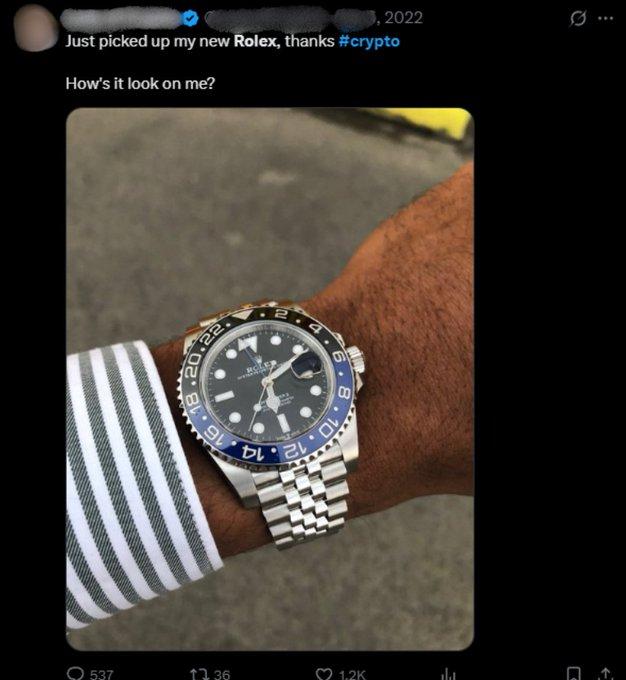
Because by then, wealth has been earned and entered the consumption phase.
So, where are we in the cycle?
Current Cycle
Currently, we are back near historical highs. Bitcoin is rising, and Ethereum is too.
Even "mainstream" cryptocurrencies like ADA and XRP have risen 50% in the past month.
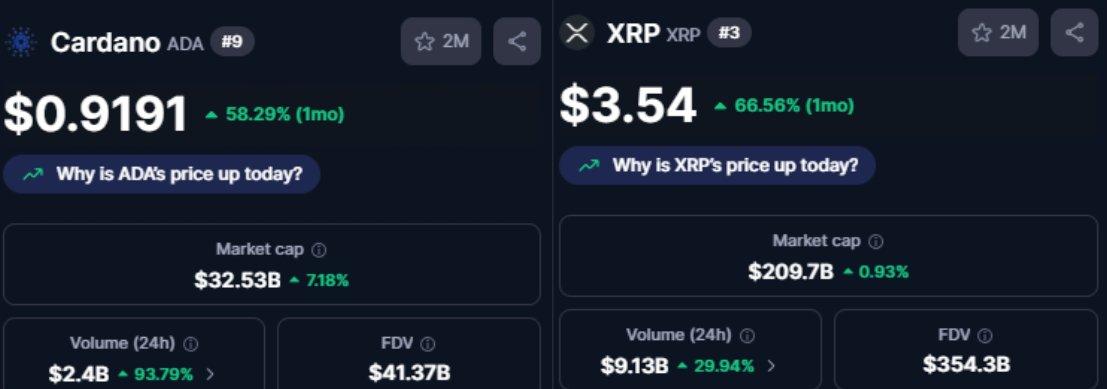
However... the Rolex market is calm. Prices are stable, and some models are even slow-selling. Dealers aren't saying supplies are short, and premiums aren't high.
At first glance, this might seem like a bearish signal, but it might be the opposite. The fact is, the profits of this cycle have not yet widely spread.
The recent meme coin craze only created a few hundred millionaires. This is not enough to drive a market built on widespread speculative excess (referring to the watch market).
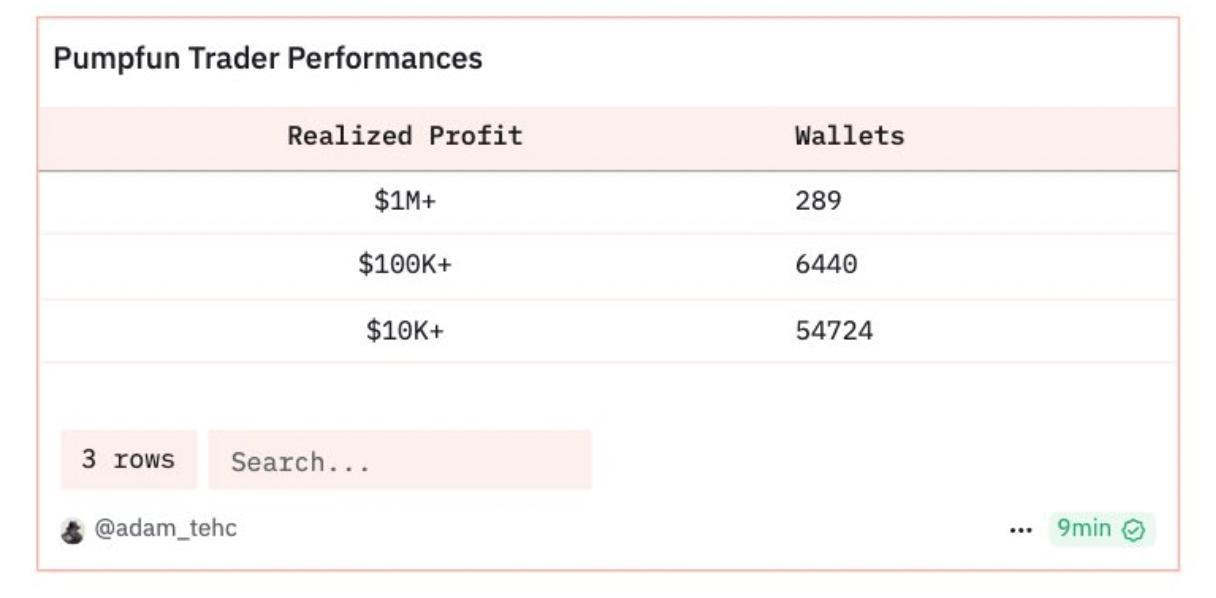
You can see signs of this pattern returning. More Rolex photos are appearing on Crypto Twitter (CT), and mentions are increasing, but not nearly as hot as in 2021.
It's also worth remembering that last time, the watch market only fluctuated late in the cycle.
Not when Bitcoin first peaked, but after the second peak, when everyone felt rich and wanted to be noticed.
History Doesn't Repeat, But It Rhymes
In the past few months, things have changed. Bitcoin and watch prices have started moving in sync. Not perfectly, but with an obvious correlation.

The last cycle was different. In 2021, the watch market lagged. First, cryptocurrencies rose, then the NFT boom, and then Rolex prices surged.
And this time, have watches already started moving? Well, not exactly...
This time, the chart looks different. Watches and Bitcoin almost started rising simultaneously.
Since March, their trends have been almost synchronized. But when the timeline is extended, the situation is different.
A More Macro Perspective
Bitcoin is near its historical high, but watches are not. Most models are still far below their 2022 peak.
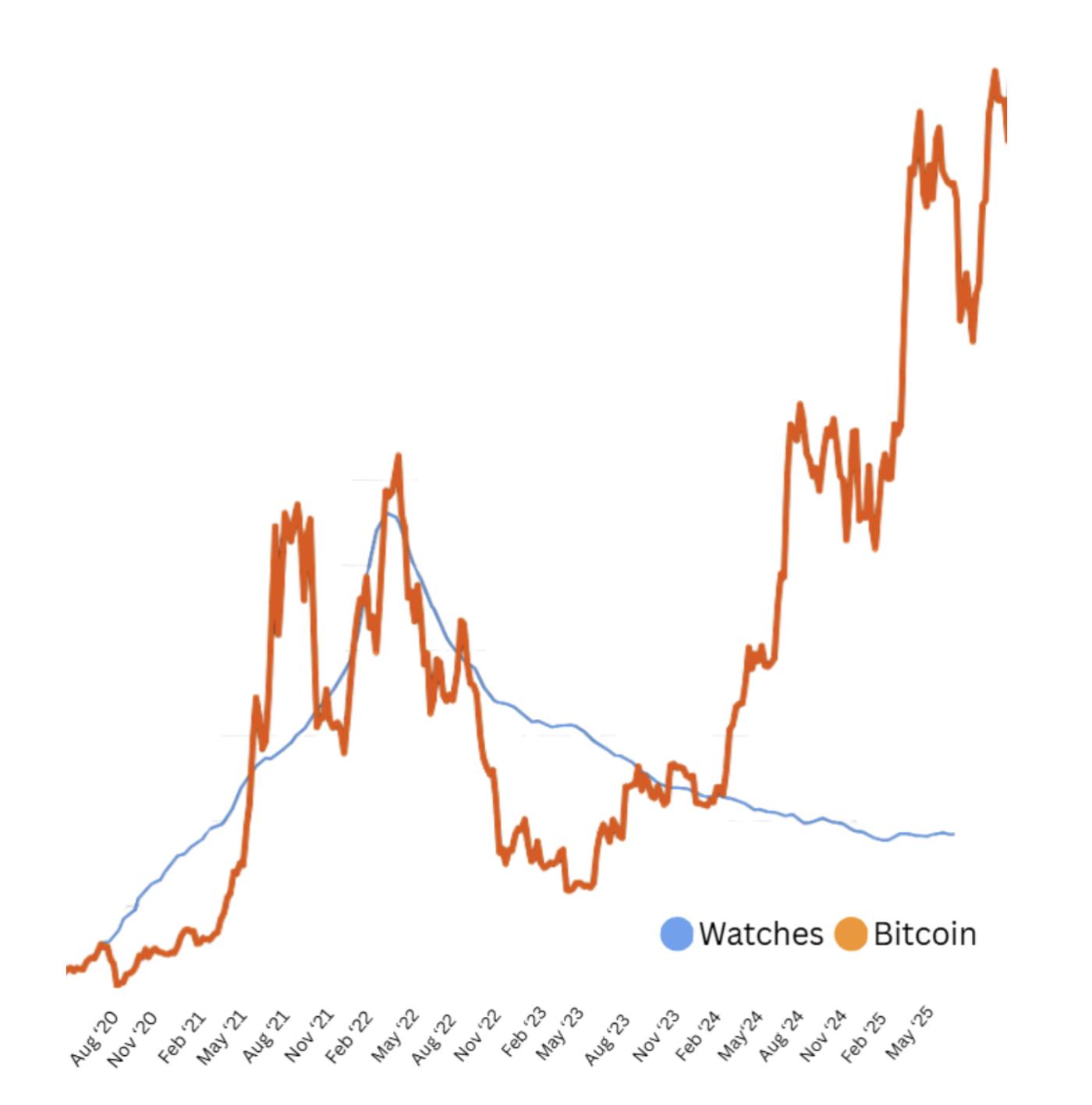
Apart from Rolex and Patek Philippe, the entire watch market is sluggish. Cartier, Omega, even Audemars Piguet - prices are 30% - 40% below retail.
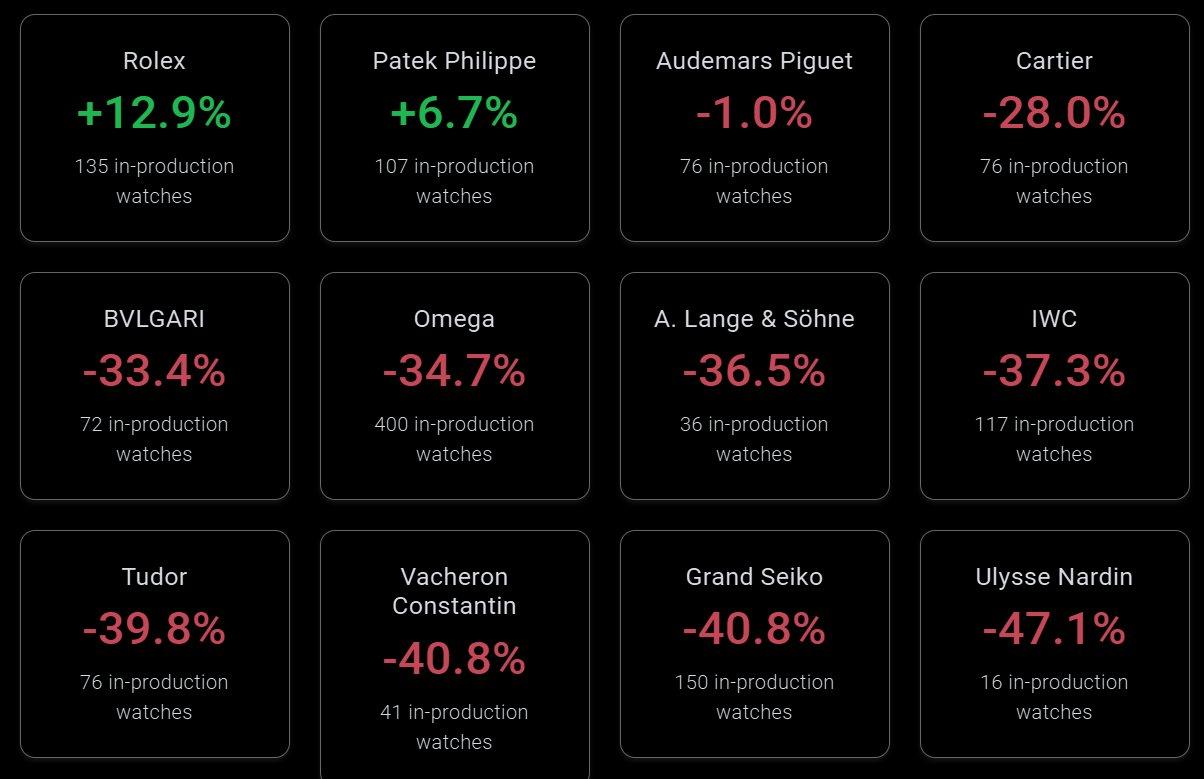
This is important because it conveys two messages.
First, we haven't reached the frenzy stage. Second, most watches are currently a poor investment.
They are designed not to preserve value, but to display identity.
Watch prices rising again does not mean we've reached the cycle's top, but it does indicate we've passed a significant part of the cycle.
People start buying identity symbols when they feel the hardest part is over.
Usually, this is the middle of the cycle, around the two-thirds point.
Wealth is accumulating, confidence is returning, but the true consumption wave hasn't started. When it arrives, you won't need charts to notice - you'll feel it tangibly.




